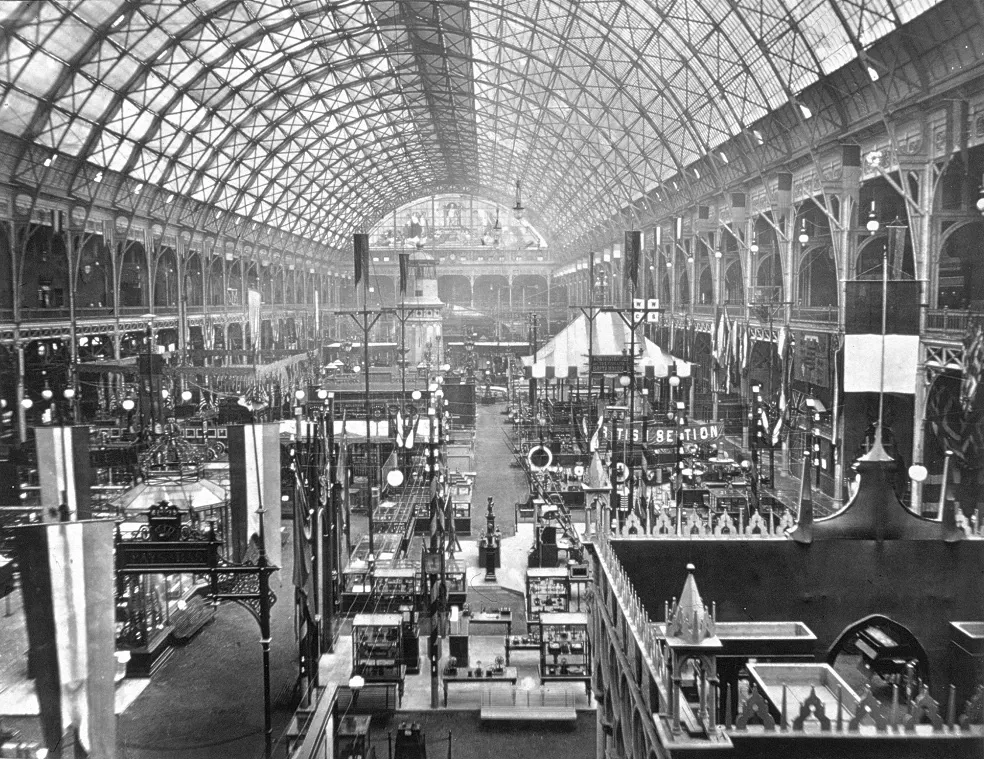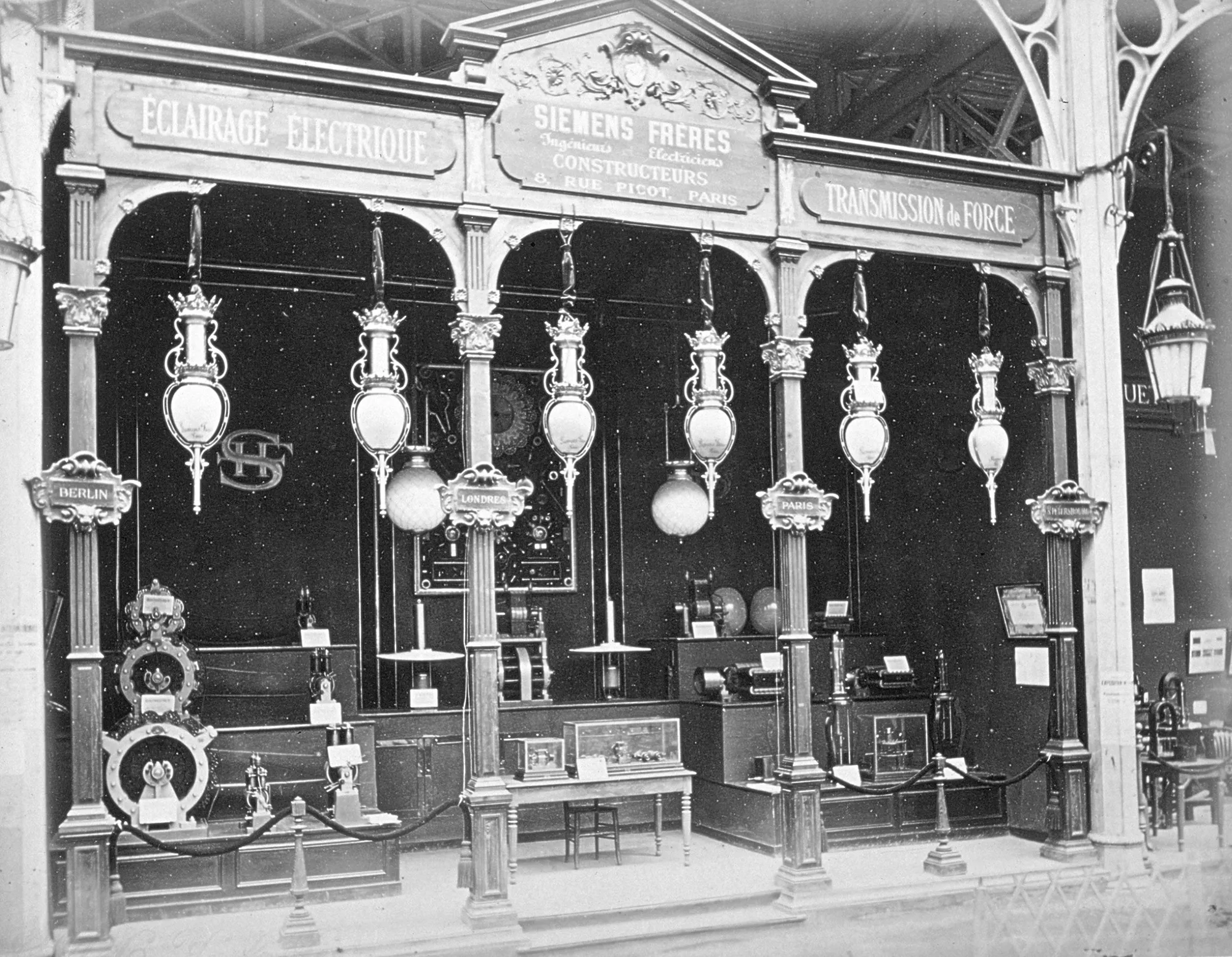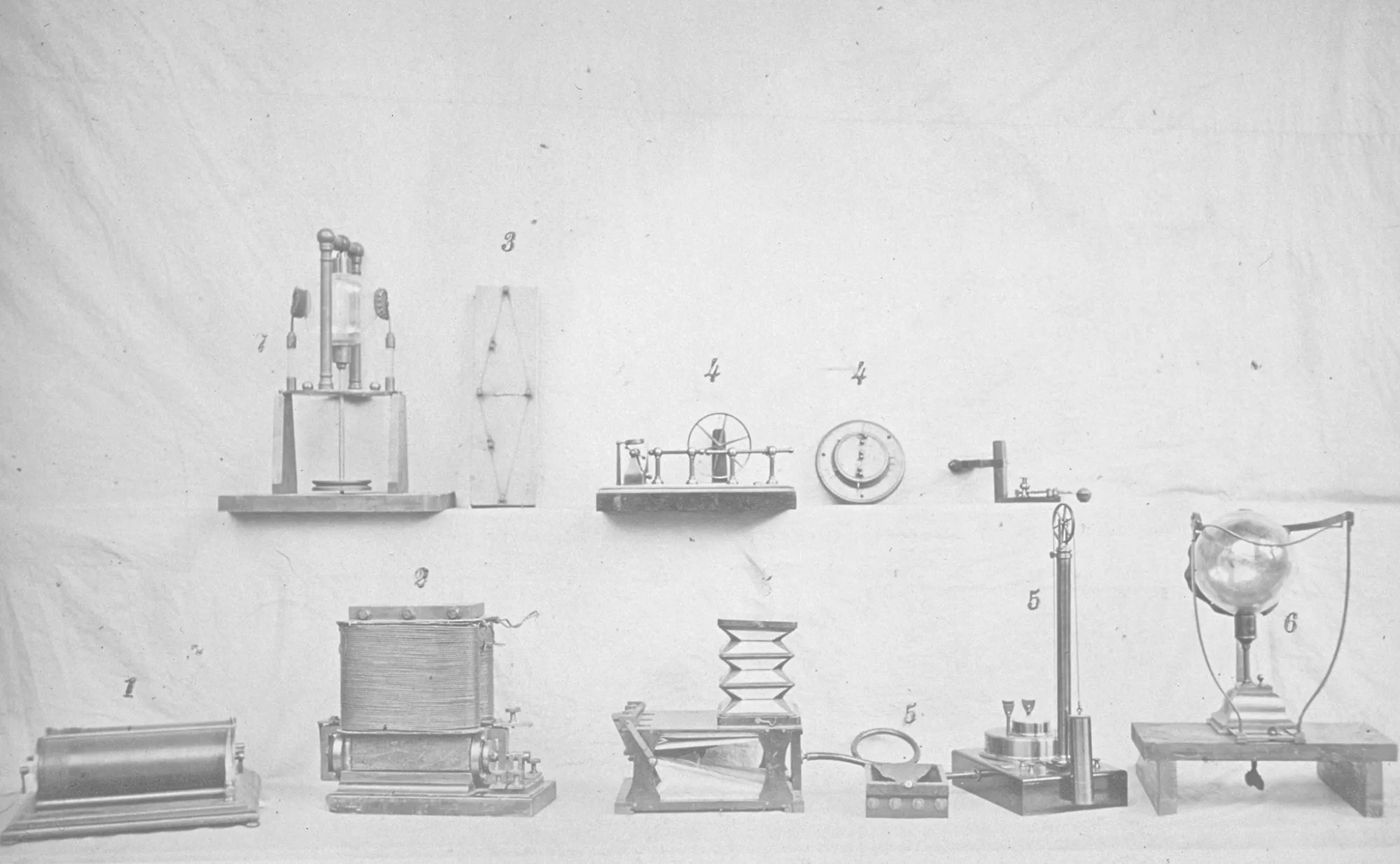Great advances in electrical technology, especially in electric lighting, had been made and the exhibition was the showcase for a new branch of engineering-electrical engineering.
Early in 1881 the British Government had been invited to appoint a national commissioner to "look after the interests" of British exhibitors, but when the government refused on the grounds of cost, The Institution's (then the Society of Telegraph Engineers) Council appointed a committee under Lord Crawford and Balcarres, a former Vice President, to do the job.
The unofficial commissioners assiduously publicised the forthcoming exhibition and financed their expenses themselves.

In Paris, Lord Crawford's double title greatly puzzled the French who, according to A. P. Trotter, asked "What is the connexion between these two 'milors'? Lord Crawford presides with dignity at the meeting of the congress, and takes the chair at the dinner; while a man very like him, with yellow hair and blue spectacles, called Lord Balcarres, works in his shirt sleeves, opening packing cases, cracking jokes, and helping to haul dynamos and set up instruments in the exhibition.
Are they twins?" His efforts bore fruit. The Electrician noted that "thanks to the energy that has been displayed by the Society of Telegraph Engineers ... there is no doubt that our display will compare very favourably with that of other countries".

The scope of the exhibition was to encompass "The Works of Electricians of all ages". The Electrician reported that "Applied electricity is taking what may fittingly be called a new departure. From being mainly confined to the purposes of the telegraph and the arts, it has latterly shown promise of being largely applicable to illumination, and for the performance of mechanical work".
Four inventors of incandescent lamps displayed their systems. Edison, Swan, Lane Fox and Hiram Maxim all participated. Edison lit two rooms near the Congress, including the Grand Salon of the Paris Opera and Swan lit a smaller room. Edison's display was not ready for the opening of the exhibition, but frantic efforts ensured that his system received the most favourable coverage in the French Press.
British press coverage was more balanced, concluding that while Edison's and Swan's lamps produced much the same effect, Edison aimed at giving a complete system which could "compare favourably, and compete successfully, with gas".
There was also an historical section where the apparatus used by pioneers such as Volta, Oersted, Ronalds, Faraday, and Wheatstone were displayed. Latimer Clark displayed several of his fine books devoted to the history of the subject, including a 1558 edition of Porta's Magiae Naturalis, Libri iiii, in which an "imaginary telegraph" is described.

Thanks for your patience. We’ve upgraded our systems, all part of our big picture plan to deliver a great experience for you.
Your log-in access has been reinstated for our websites and systems but should you encounter any issues, our Member Relations team is here to support you on +44 (0)1438 765678 or via membership@theiet.org.
